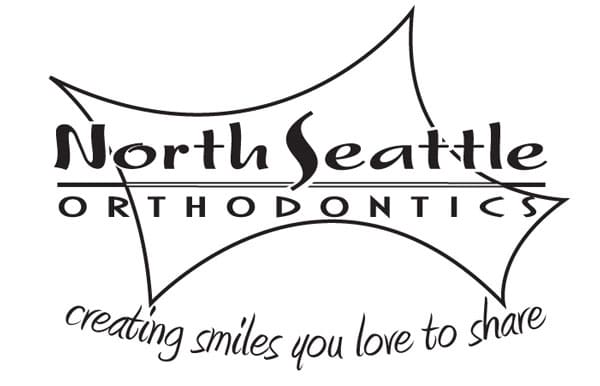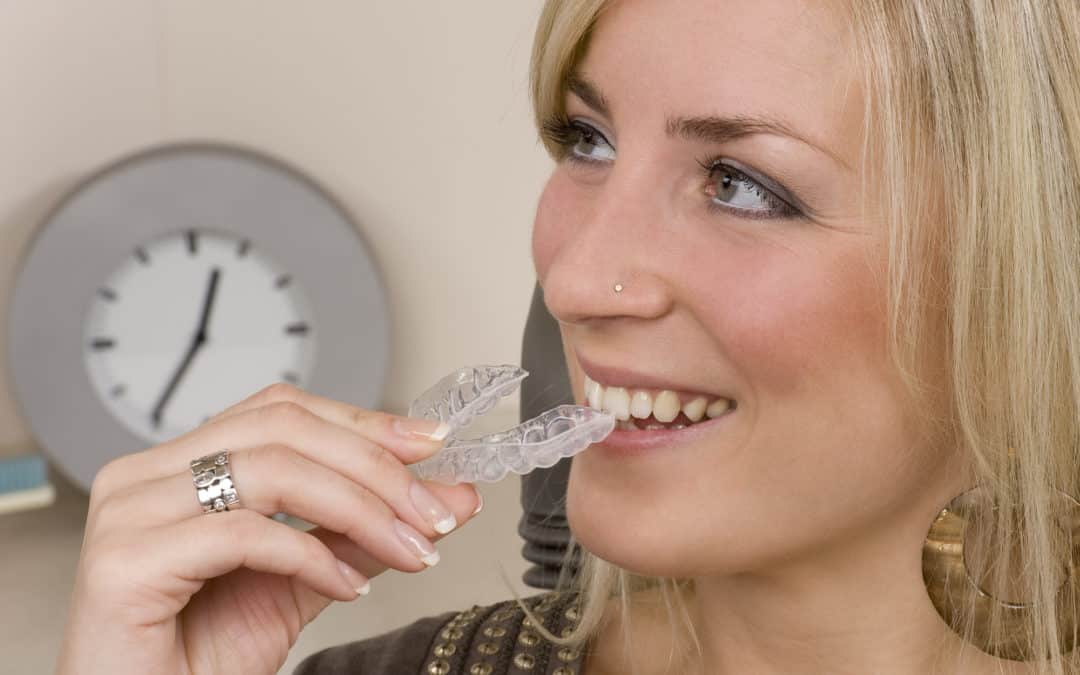While braces are mostly used with children, people of any age can have them put on.
Dental issues can arise at any age, and braces are a common (and effective) treatment method for both bite and alignment problems. They’re the best way to achieve a perfect smile, but it can be difficult to choose a treatment method.
That’s where choosing between Invisalign vs. braces comes into play. Luckily, we’re here to teach you everything you need to know. Read on to learn more.
Treatment With Invisalign
Invisalign is a popular option because the trays are clear and much less noticeable than traditional braces. Each tray is custom-made to fit your teeth, so treatment is more precise, but it may take longer to see noticeable results.
You’ll typically wear one set of trays for two weeks at a time before they’re switched out, and they’ll be on anywhere from 20 to 22 hours each day. If anything happens to your trays, you’ll need to wait a few days for your orthodontist to order new ones.
Treatment With Braces
With braces, metal or porcelain brackets are attached to each tooth, and then wires are placed through each one. Those wires are slowly tightened to pull teeth into alignment, and also to correct bite problems if they’re present in the patient.
The biggest difference with traditional braces is that you can’t take them off. So your daily care will start to look different. It’s important to learn how to clean your teeth with both methods, otherwise, you could face other dental problems.
Benefits of Invisalign vs. Braces
These two treatment methods come with their own pros and cons, and it’s important to weigh them carefully. Here are a few of the most important.
Price
How much you end up paying for braces depends on several different factors, but the average price is between $3,000 to $7,000. This number can vary depending on insurance, your location, duration, your orthodontist, and the complexity of your treatment. Compared to braces, Invisalign is likely to cost more.
Braces are more likely to be covered by insurance than Invisalign, but a lot of orthodontists offer payment plans that can make either option a possibility. Whether it’s financing or a flexible payment plan, braces don’t have to take a bite out of your wallet all at once.
Aesthetics
A lot of patients prefer Invisalign to braces because they’re clear and not as noticeable as traditional metal braces. In fact, they’re virtually unnoticeable, even from a short distance away.
If Invisalign isn’t an option for you, there are also clear ceramic braces you can get. These aren’t as noticeable (especially if you get clear bands), yet they’re just as effective because they’re still metal braces. If you don’t opt for ceramic, though, the brackets will usually be silver.
Comfort
Invisalign trays are typically going to be more comfortable than traditional braces. They can take some time to get used to, but you won’t have to deal with brackets scraping the inside of your mouth. Since Invisalign is smooth plastic, it’s going to feel softer.
Traditional braces can get uncomfortable, but the symptoms are easily mitigated. Taking an over-the-counter painkiller like Ibuprofen or Tylenol before your appointments can help with pain relief, and so can an anesthetic cream. Your orthodontist also typically has wax on hand to help you deal with any scraping.
Any pain associated with braces is typically worst the days after they’ve been put on, and whenever they’re tightened.
Eating
You’re going to have to make some changes no matter which treatment you get.
With traditional braces, you’ll need to avoid certain foods that can damage or stick to your brackets. This includes apples, carrots, ice cubes, popcorn, and sticky foods like a chewy candy. With Invisalign, you won’t have as many restrictions.
Trays can be removed during meal times, so you’re not limited to certain foods. It’s important to brush and floss before you put them back on, though, to avoid tooth decay.
Caring and Cleaning
With traditional braces, using an interdental brush to clean between each of your teeth after meal times is important. So is daily flossing and thorough brushing.
With Invisalign treatment, you can keep your normal brushing regimen. Just be sure to clean your trays with Invisalign’s cleaning solution after each of your meals. Also, again, ensure your teeth are clean before placing trays back on your teeth. If you don’t, you’re unknowingly trapping extra debris, meaning a higher chance of cavities.
Effectiveness
This is where the biggest differences lie. Invisalign can only be used to treat patients with mild to moderate dental concerns (like unaligned teeth). Traditional braces are usually preferred, as they’ll be more effective in complex cases, including rotated teeth, crowding, and even large gaps.
Since braces are usually treating more severe problems, they’ll typically be worn longer than Invisalign. Braces are usually worn for one to two years, while Invisalign can be worn for as little as six months. This number can vary greatly, though, so it’s important to talk to your orthodontist.
Which Is Best For You?
While both of these methods are effective for straightening your teeth, the decision on Invisalign vs. braces is ultimately going to come down to your unique situation. Not every patient can use Invisalign — especially if corrections need to be made for their bite. That’s why visiting an orthodontist is so important.
Luckily, we can help you out. Contact us today to get started.

